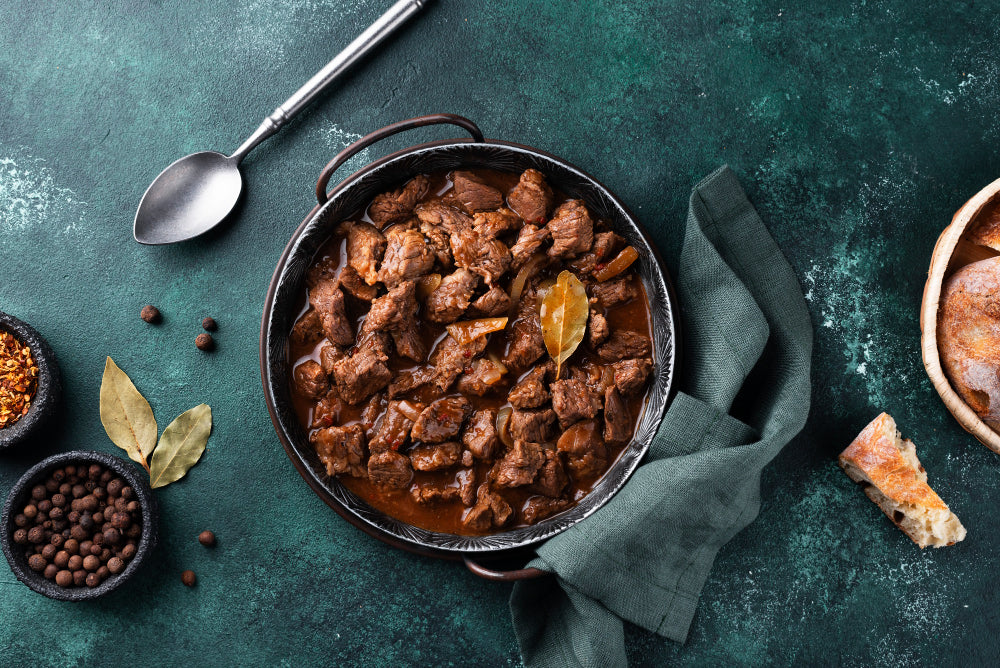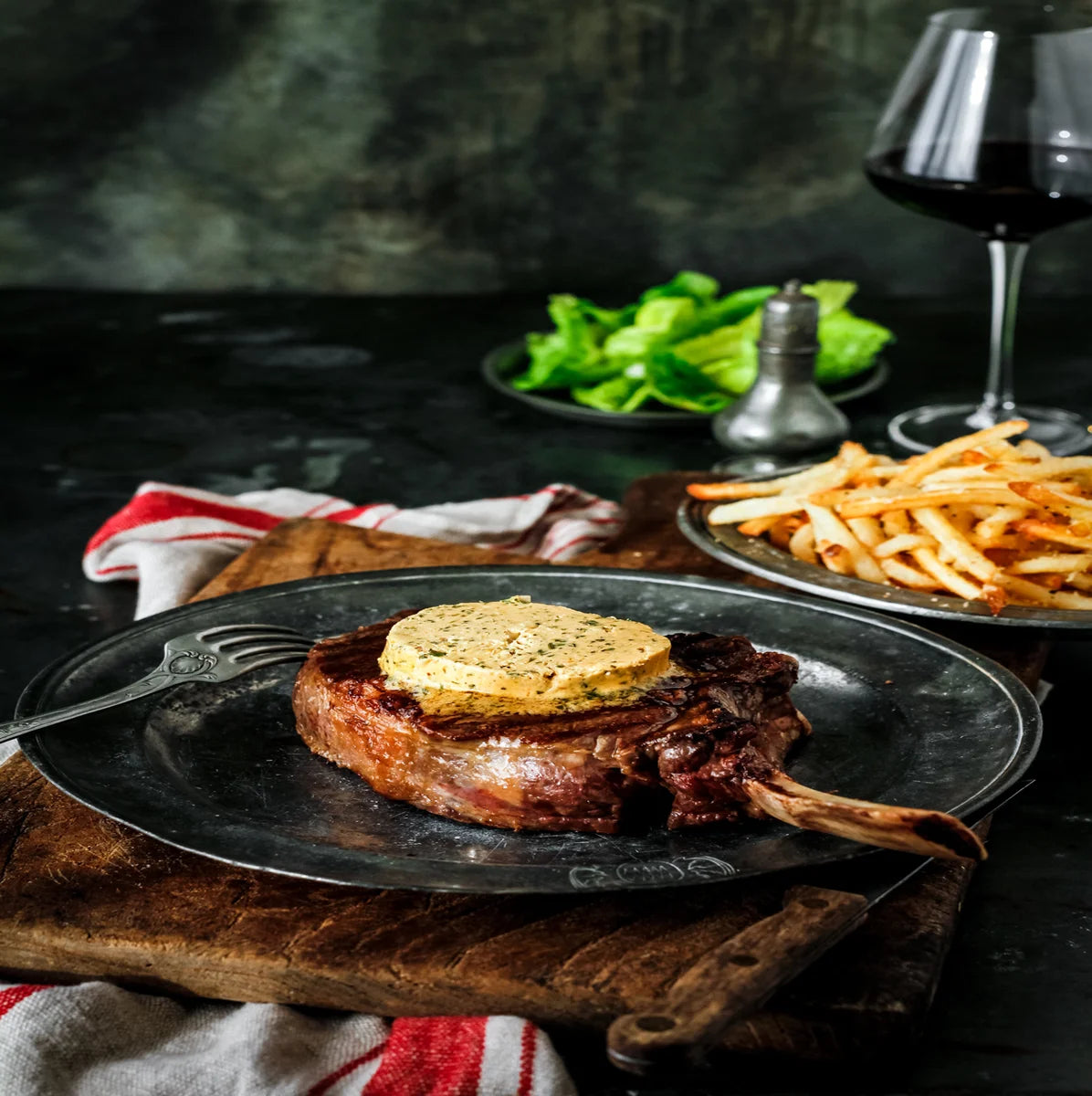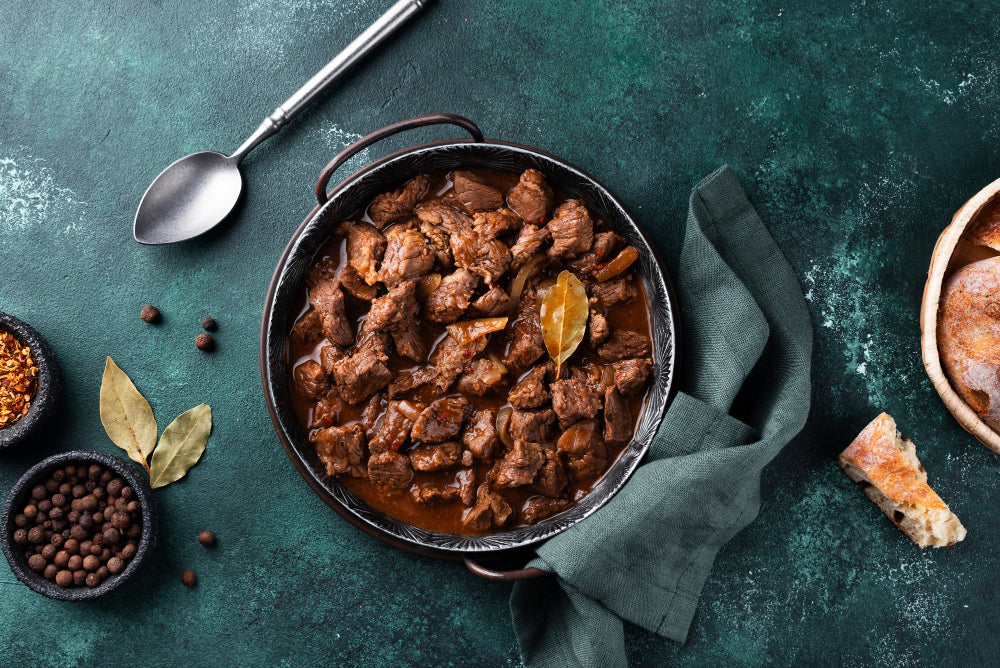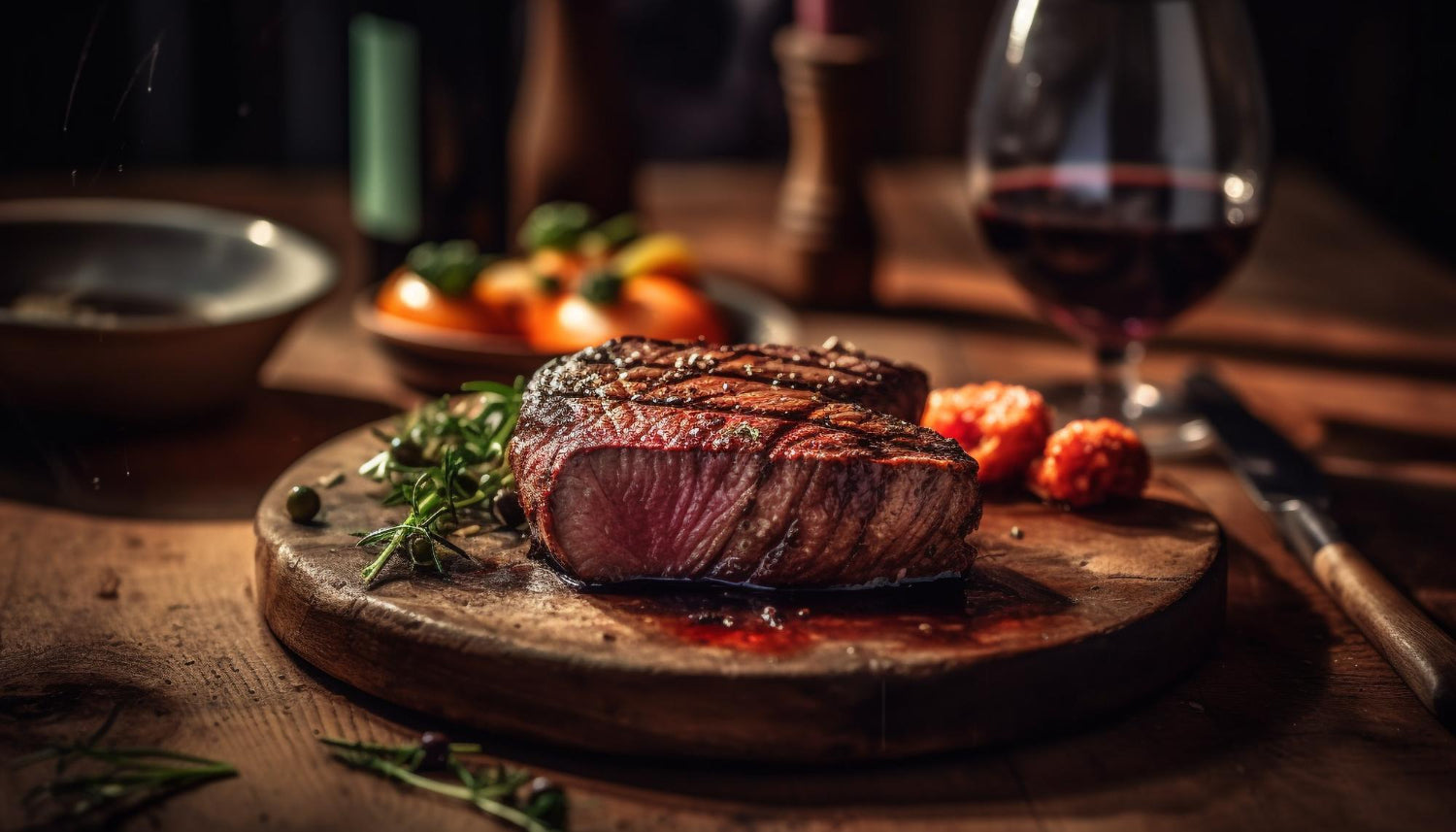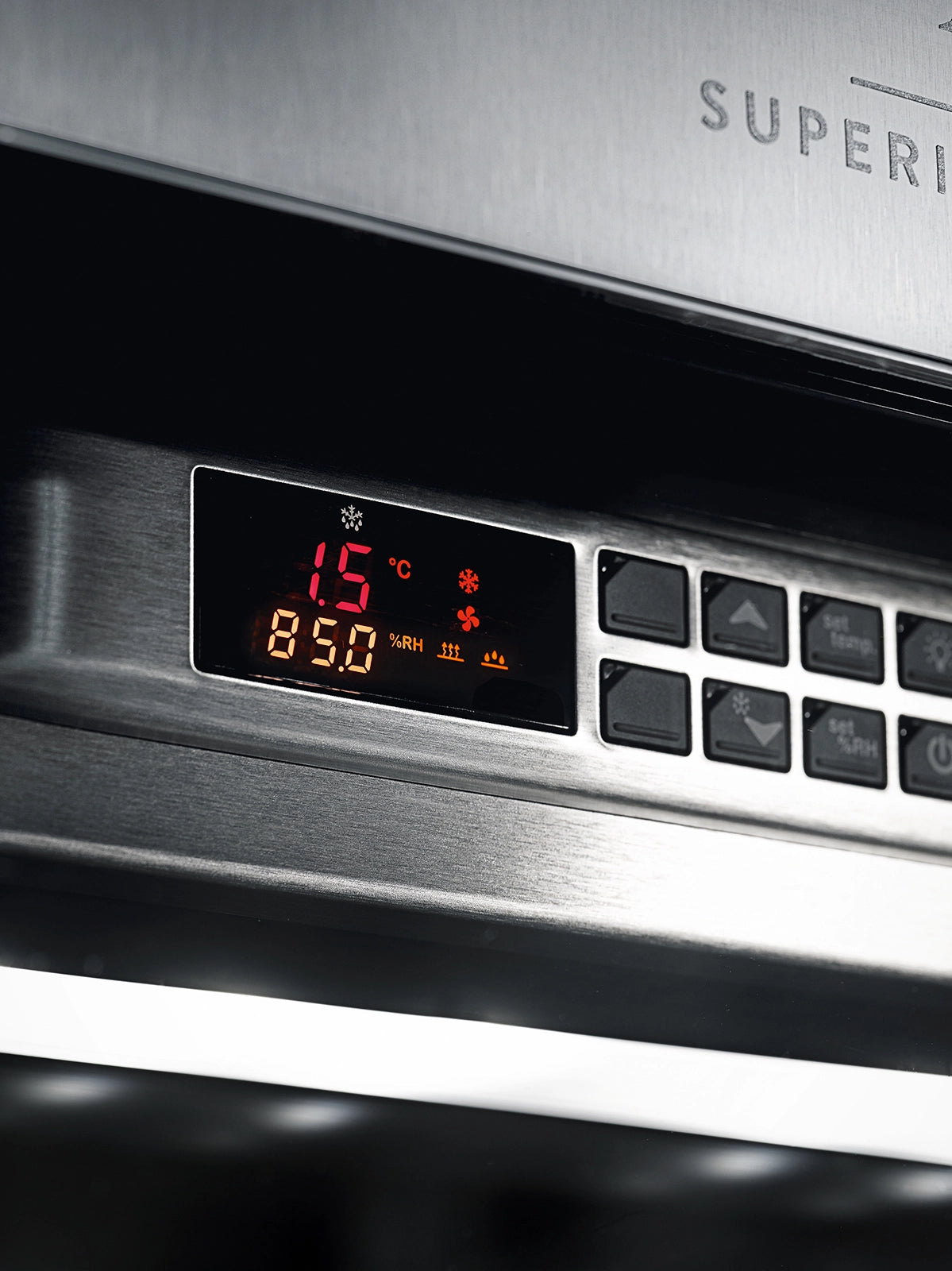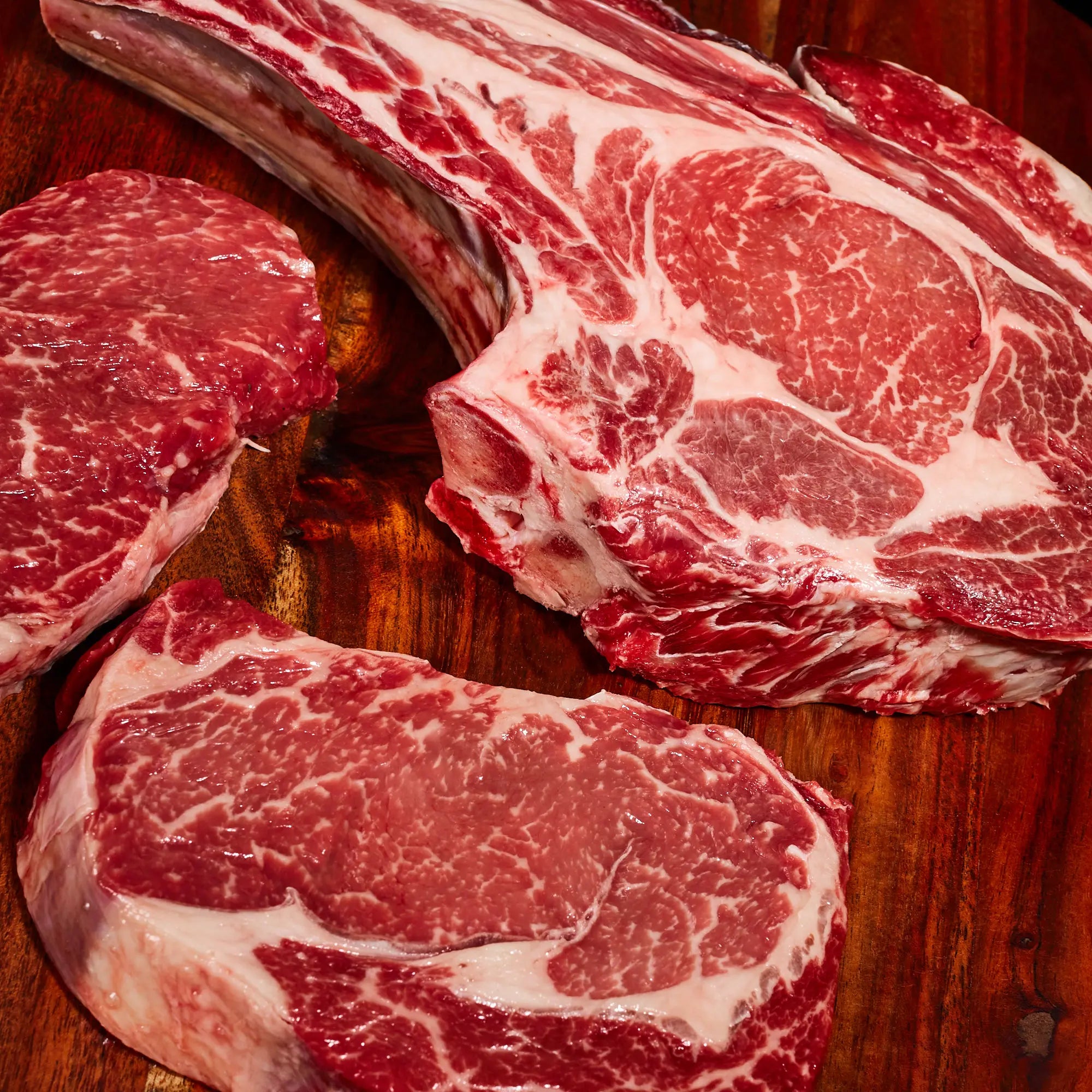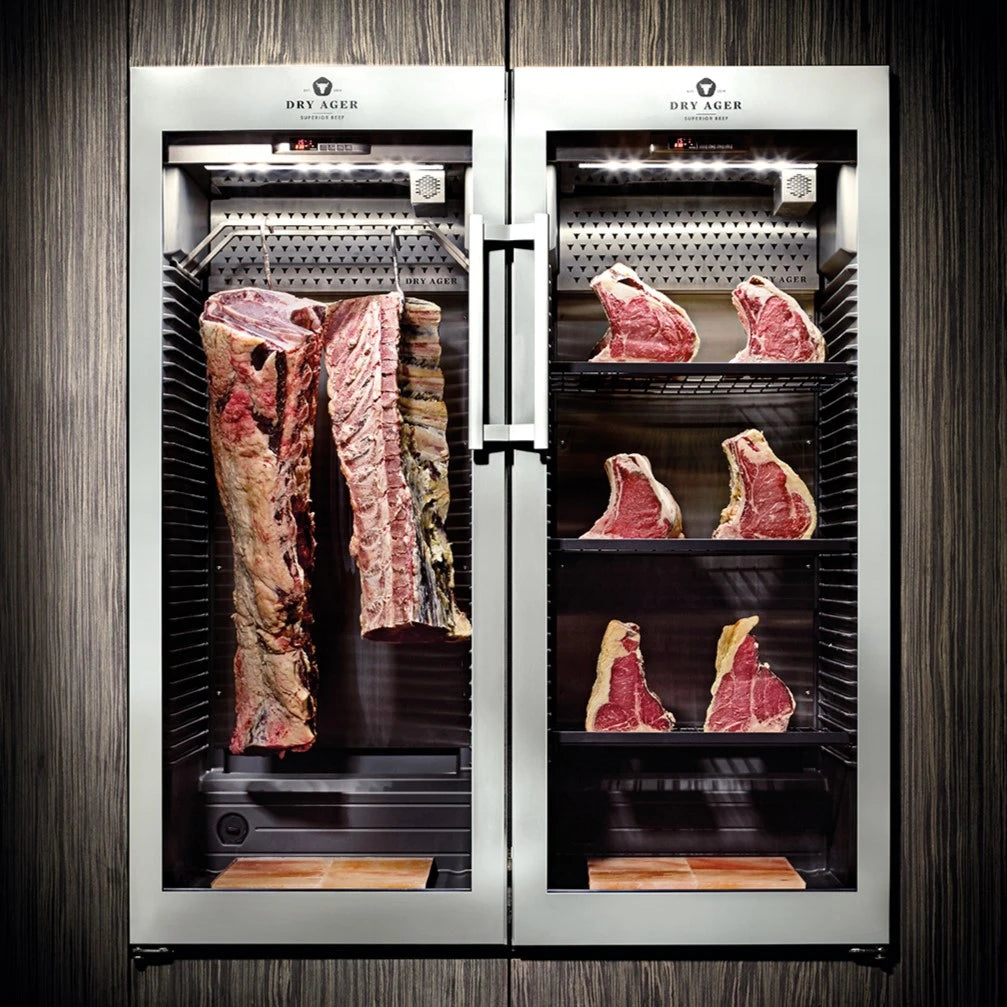Have you ever wished you could cook beef that's very tender and flavorful, like the dishes you see at fancy restaurants? So, guess what? You don't have to be a professional chef to accomplish this. Prepare to discover some great techniques and tricks that will help you prepare meat so well that your family and friends will be blown away every time.
Understanding the Concept of Slow and Low Cooking
Slow and low cooking is all about patience and mild heat. Instead of rushing the cooking process, you'll enjoy longer cooking times at lower temperatures. Not all cuts are made equal when it comes to slow and low cooking. Choose tougher cuts such as brisket, chuck roast, or short ribs.
The slow and low cooking principle is based on the physics of collagen and connective tissues. These components, which are more common in tougher types of beef, resist surrendering to the tooth at first. They succumb to the overpowering influence of time when subjected to sustained mild heat. Tough fibres soften, collagen melts into a delicious gelatinous texture, and flavours merge and develop in complexity during the transition.
The culinary landscape of slow and low cooking is more than just tenderness. The process yields meat with a depth of flavour that is difficult to recreate with rushed cooking procedures. The deliberate blending of ingredients over hours results in an exquisite combination of flavours. Aromatics, herbs, spices, and liquids blend to form a symphony in which separate notes combine to form a pleasing whole.
Why Choose Slow and Low Cooking?
Tenderness Transformation
Tough cuts of beef include more connective tissues and collagen. Slow and low cooking at lower temperatures progressively breaks down these stiff fibres, resulting in meat that is exceptionally soft and easy to shred.
Flavour Infusion
A well-crafted rub may take your slow-cooked beef to the next level. Make a rub using salt, pepper, garlic powder, onion powder, and other favourite spices. Massage the rub into the meat, allowing the flavours to infiltrate as it cooks.
Nutrient Preservation
Longer cooking times at lower temperatures are better for preserving nutrients. Slow and low cooking, as opposed to high-heat procedures, helps keep the vitamins, minerals, and flavours inherent in your ingredients. This means that your slow-cooked dishes will not only taste great, but will also provide a more wholesome and nourishing dining experience. Slow and low cooking not only indulges your taste buds, but it also nurtures your well-being.
Time Management
Slow and low cooking is a blessing for busy people. After you've placed your ingredients in the slow cooker, you can stand back and let time do its culinary work. It's a time-saving success that relieves you of the continual vigilance required by conventional cooking methods. Whether you're addressing your to-do list or simply resting, you can do so knowing that a wonderful meal is simmering away, waiting for you when you're ready.
Lesser-Known Tips for Slow and Low Beef Cooking
- Before slow and low cooking, consider marinating your meat. A marinade not only adds flavour to the meat, but it also kickstarts the breakdown of tough fibres, speeding up the tenderization process.
- Instead of placing all of your aromatics and liquids at the bottom, consider layering them between meat sections. This approach ensures that each mouthful is imbued with a symphony of flavours, resulting in a pleasant taste experience.
- Make a bed of root veggies in the bottom of your slow cooker before adding the beef on top. As the meat cooks, fragrant liquids are released, coating the vegetables and transforming them into delightful, savoury bits.
- Use basting occasionally during the slow-cooking process. Drizzle the cooking juices over the meat with a ladle to ensure a uniform dispersion of flavours and to keep the surface wet.
- Experiment with different slow cooker cooking temperatures. Placing the beef on the sides of the cooker may result in somewhat different textures, allowing you to accommodate a variety of tastes at your table.
One common concern is the risk of overcooking.
While slow and low cooking does need longer cooking periods, it's crucial to note that the technique is specifically designed for tougher cuts of meat that benefit from extended heat exposure. These cuts have more connective tissues that require time to break down and convert into delicious softness. Slow cooking done properly yields meat that is perfectly cooked and far from the dreaded overdone state.
Furthermore, there may be concerns about the end product's texture. Slow and low cooking will be your ally to achieve the desired texture. The slow and progressive approach of the procedure guarantees that the meat retains moisture while obtaining the ideal softness. While the appearance of the meat may alter during the cooking process, the end product will be a culinary masterpiece of flavour and texture.
Are you ready to start your slow and low cooking journey?
Explore our shop and unlock the full potential of your beef dishes. Order today your favourite cut.



-(1)-v1698874891852.webp?1800x1800&options=w_65)
-v1698875542684.webp?1800x1800&options=w_65)
-v1698874761998.webp?1800x1800&options=w_65)

-v1698820861129.webp?1080x1080&options=w_65)

-v1698821538303.webp?1800x1800&options=w_65)
-v1698811480826.webp?1800x1800&options=w_65)
-v1698874595383.webp?1800x1800&options=w_65)
-v1698875626211.webp?1800x1800&options=w_65)
-v1698875873086.webp?1800x1800&options=w_65)



-v1698821398268.webp?1800x1800&options=w_65)
-v1698821470129.webp?1800x1800&options=w_65)
-v1698875782520.webp?1800x1800&options=w_65)

-v1698811595785.webp?1800x1800&options=w_65)
-v1698820347673.webp?1800x1800&options=w_65)
-v1698821691879.webp?1800x1800&options=w_65)
-v1698874683430.webp?1800x1800&options=w_65)

-v1698821620725.webp?1800x1800&options=w_65)












-v1698820941792.webp?1800x1800&options=w_65)

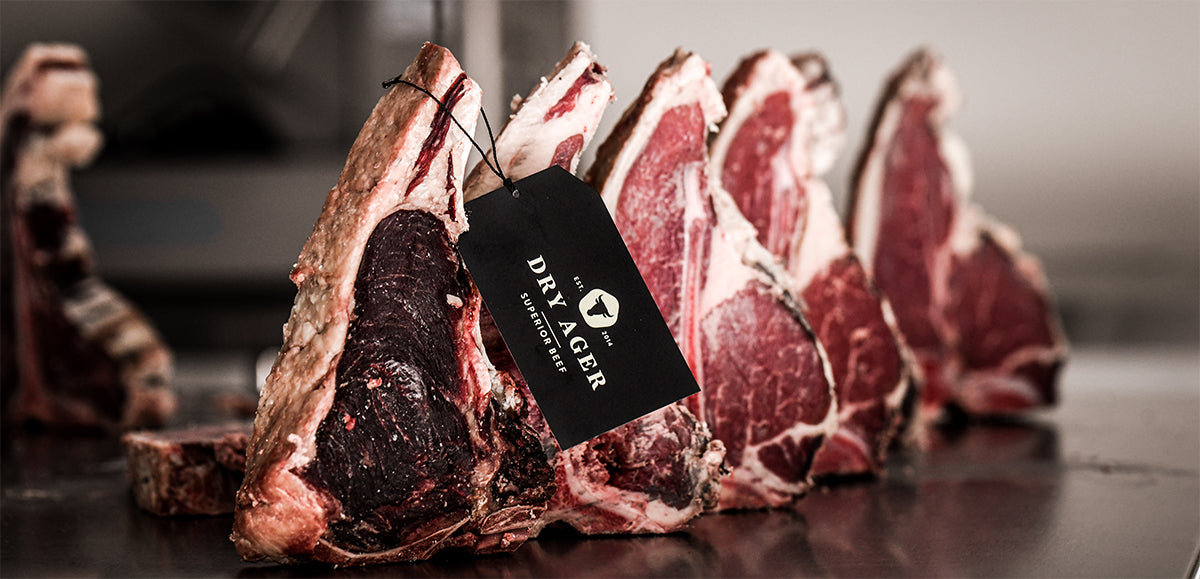
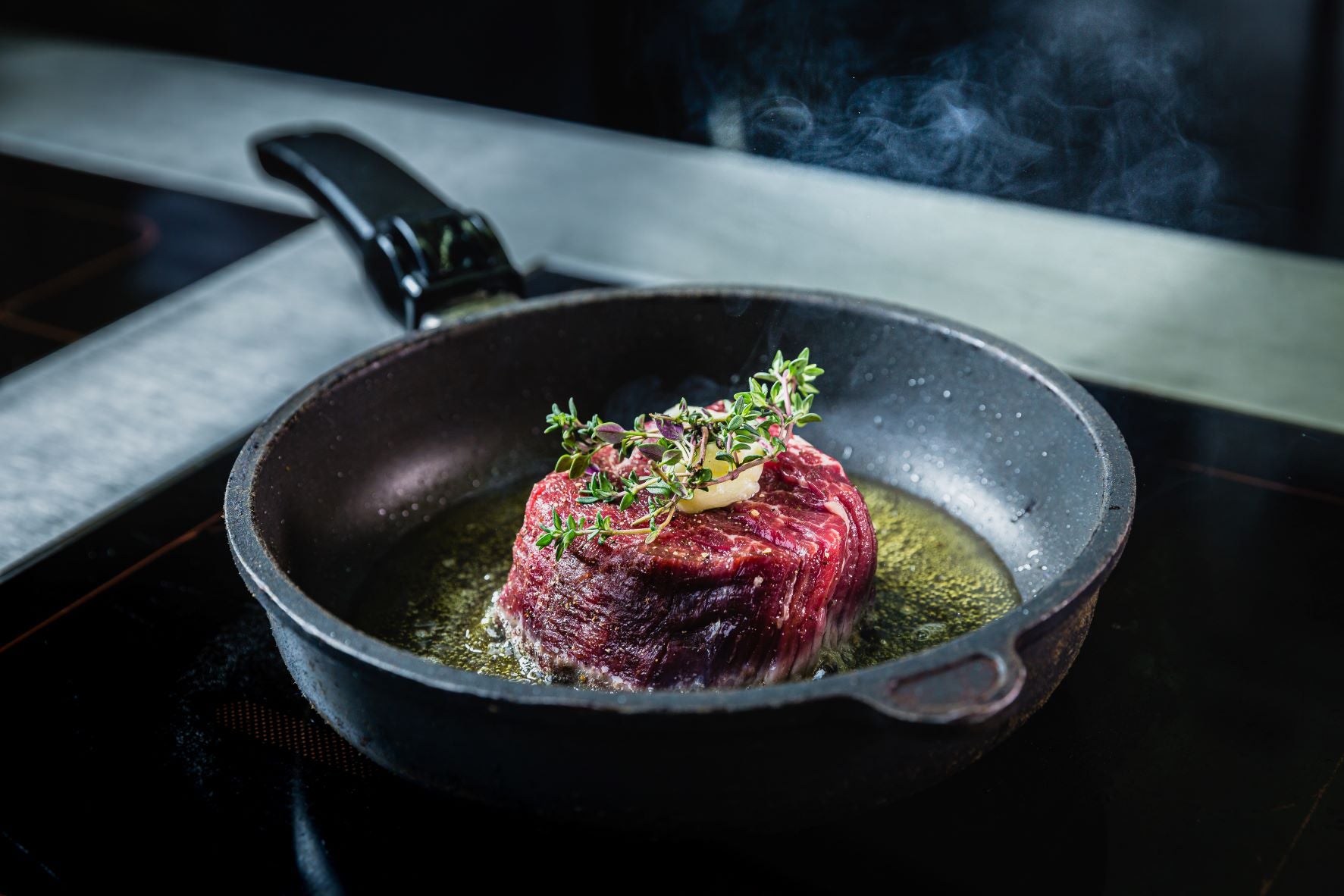




-(1)-v1698874891852.webp?1800x1800&options=w_60)
-v1698875542684.webp?1800x1800&options=w_60)
-v1698874761998.webp?1800x1800&options=w_60)

-v1698820861129.webp?1080x1080&options=w_60)

-v1698821538303.webp?1800x1800&options=w_60)
-v1698811480826.webp?1800x1800&options=w_60)
-v1698874595383.webp?1800x1800&options=w_60)
-v1698875626211.webp?1800x1800&options=w_60)
-v1698875873086.webp?1800x1800&options=w_60)



-v1698821398268.webp?1800x1800&options=w_60)
-v1698821470129.webp?1800x1800&options=w_60)
-v1698875782520.webp?1800x1800&options=w_60)

-v1698811595785.webp?1800x1800&options=w_60)
-v1698820347673.webp?1800x1800&options=w_60)
-v1698821691879.webp?1800x1800&options=w_60)
-v1698874683430.webp?1800x1800&options=w_60)

-v1698821620725.webp?1800x1800&options=w_60)












-v1698820941792.webp?1800x1800&options=w_60)

